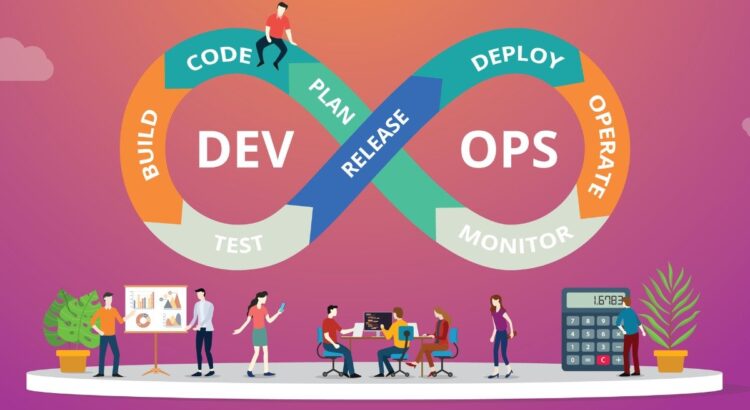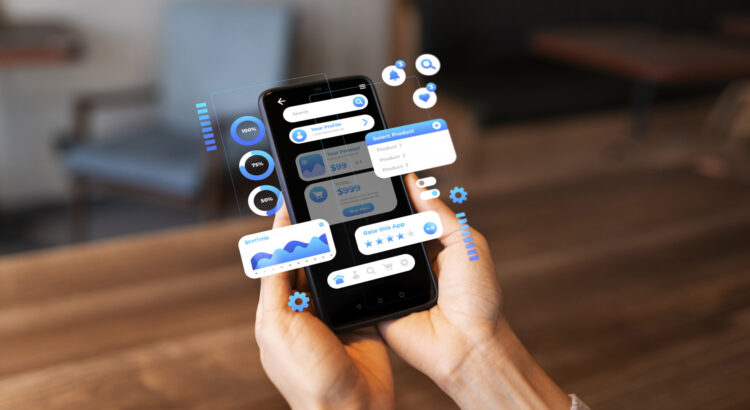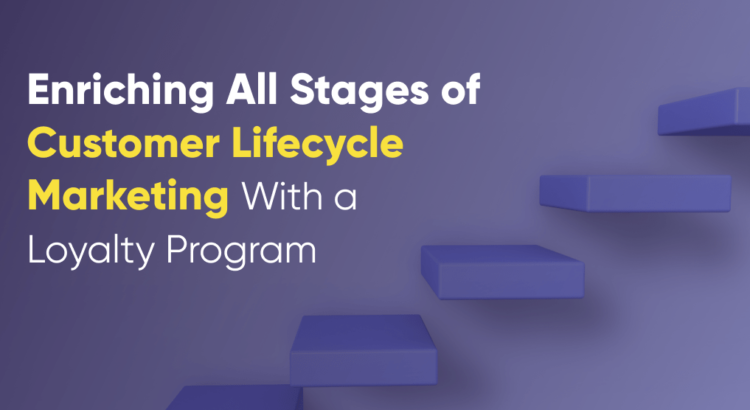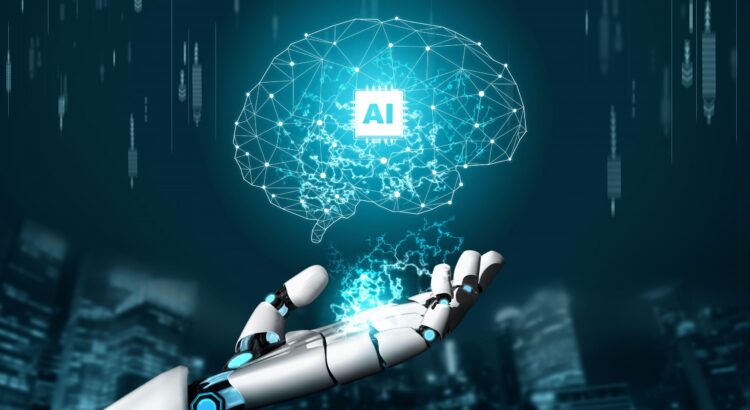The mobile app development industry has seen tremendous growth in recent years, largely driven by the evolving demands for faster, scalable, and more efficient software solutions. Among the many approaches to streamline development processes, NoOps (No Operations) has emerged as a key paradigm. As organizations strive to increase agility and reduce overhead, NoOps promises to automate operations entirely, making manual intervention in infrastructure management nearly obsolete. In this write-up, we’ll explore what NoOps is and how it can be achieved specifically in mobile app development.
What is NoOps?
NoOps refers to a concept in cloud computing where the need for a dedicated operations team to manage infrastructure is minimized or eliminated through automation. By using advanced tools and technologies such as artificial intelligence, machine learning, and cloud services, organizations can automate repetitive tasks, optimize workloads, and ensure that infrastructure runs seamlessly without human intervention.
NoOps in the Context of Mobile App Development
In mobile app development, where agility and speed-to-market are critical, NoOps can prove to be transformative. The key benefits of applying NoOps to mobile app development include:
- Faster Time-to-Market: By automating the infrastructure setup and deployment processes, developers can focus purely on coding and building new features. This leads to faster app iterations, reduced development cycles, and ultimately quicker launches.
- Improved Scalability: NoOps platforms allow apps to scale automatically based on demand, whether it’s adjusting to user surges after a new release or handling traffic spikes. As the infrastructure is automatically optimized, developers don’t have to worry about server capacity or database performance.
- Increased Reliability: With NoOps, most of the routine operations such as server maintenance, patching, and backups are automated. This reduces the likelihood of human error and ensures a more reliable and stable environment for mobile app performance.
- Cost Efficiency: NoOps not only saves time but also helps in reducing costs. By eliminating the need for a dedicated operations team and manual interventions, companies can significantly lower operational expenses. Automation optimizes the use of cloud resources, so organizations only pay for what they need.
- Continuous Deployment: Automated pipelines enable seamless app deployment without manual oversight. With the continuous integration of code changes, mobile app updates and features can be pushed directly to production, speeding up delivery and reducing time gaps between releases.
Achieving NoOps in Mobile App Development
Transitioning to a NoOps environment for mobile app development requires the use of modern tools and best practices that facilitate full automation. Here’s how organizations can achieve NoOps:
1. Adopt Serverless Architecture
One of the foundations of NoOps is serverless architecture, which allows developers to build and run applications without managing the underlying infrastructure. In mobile app development, serverless platforms like AWS Lambda, Google Cloud Functions, and Azure Functions can automatically scale up or down depending on the app’s workload.
These serverless environments handle all operational responsibilities, including monitoring, scaling, and security, freeing developers to focus solely on writing code. Serverless computing enables true agility by abstracting away the need for operations teams to manage servers and workloads manually.
2. Use Infrastructure as Code (IaC)
NoOps relies heavily on Infrastructure as Code (IaC), a practice that automates infrastructure provisioning and management through code. Tools like Terraform, AWS CloudFormation, and Azure Resource Manager allow infrastructure to be defined and versioned just like application code, creating repeatable environments across staging, development, and production environments.
In mobile app development, IaC can streamline how environments are provisioned for app testing and deployment. This automation ensures consistency across different environments, helping developers focus on coding and innovation instead of infrastructure management.
3. Embrace Automation Tools
Automation tools are essential in achieving NoOps. Platforms like Jenkins, CircleCI, and GitLab CI/CD facilitate continuous integration and delivery (CI/CD) pipelines. These pipelines automate the entire app deployment process, ensuring that apps are tested, built, and deployed automatically as soon as new code is committed.
By utilizing automation tools, mobile app development teams can ensure faster iterations, continuous testing, and deployment without needing an operations team to intervene manually.
4. Monitoring and AI-Driven Insights
NoOps also incorporates AI and machine learning algorithms to automatically monitor and maintain the infrastructure. Tools like Datadog, New Relic, and AWS CloudWatch provide AI-driven insights to detect and resolve issues before they affect app performance.
In mobile apps, where user experience is critical, automated monitoring ensures that any performance bottlenecks, bugs, or downtime can be instantly addressed through pre-defined rules and automated resolutions.
5. Leverage Containerization
Another key practice in NoOps is the use of containerization technologies like Docker and Kubernetes. Containers enable developers to package mobile apps and their dependencies into standardized units, making it easy to deploy across different environments. Kubernetes can automate the deployment, scaling, and management of containerized apps, removing the need for manual operations management.
Challenges in Implementing NoOps
While the benefits of NoOps are numerous, transitioning to a NoOps environment isn’t without challenges. Organizations may face initial hurdles in terms of restructuring teams, adopting new tools, and redefining processes to align with NoOps principles. However, once these challenges are overcome, the increased efficiency and agility it brings can revolutionize mobile app development workflows.
Razorse Software and the NoOps Approach
At Razorse Software, we understand the need for businesses to stay competitive by adopting cutting-edge methodologies like NoOps. Our expertise in mobile app development, backed by advanced automation tools and practices, ensures that our clients benefit from fast, reliable, and scalable mobile applications. With a focus on continuous delivery and automated processes, Razorse Software helps companies achieve seamless app performance, allowing them to focus on innovation without worrying about the complexities of infrastructure management.
#NoOps #MobileAppDevelopment #Automation #ServerlessArchitecture #RazorseSoftware #CI/CD #CloudComputing #DevOps #InfrastructureAsCode #AppDevelopment





